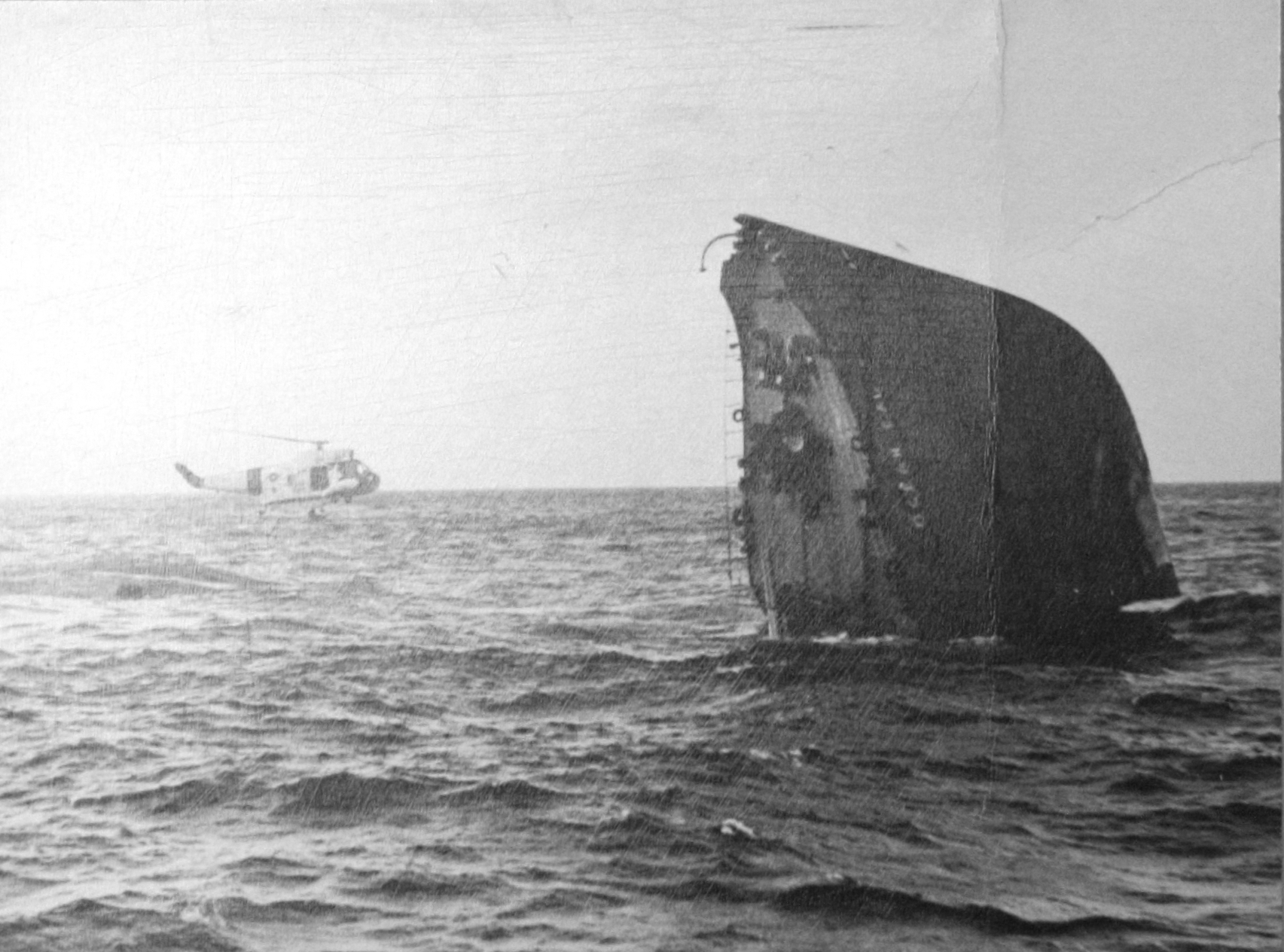On September 3, 1943, coinciding with the Allied invasion of continental Italy, Mussolini’s government capitulated. Soon thereafter, the Germans disarmed the Italian Army and took control of the northern part of the country. The British and Americans advanced relatively unopposed, and in their march north, took the Adriatic port of Bari on September 11. They soon used its deep-water port as a transshipment point for war matériel bound for Africa and Europe.
On December 2, 1943 the port was packed with Allied ships unloading cargo. German reconnaissance early in the day noted an absence of anti-aircraft artillery in the area or defensive aircraft despite Air Marshal Sir Arthur Coningham stating at a news conference that afternoon: “I would regard it as a personal
What was damning about the attack was the hypocrisy of President Franklin D. Roosevelt. He actively condemned the use of poison gas during the war and stated that if the Germans used poison gas, the United States would respond in kind. One of the ships blown up at Bari was the SS John Harvey. She held a secret cargo of 2,000 bombs filled with liquid mustard gas. The explosions mixed the chemical agent in the water and aerosolized with oil in the air. Since the smell of the gas was diluted, medical staff on hand did not know to treat those affected by the gas for mustard gas exposure. After the attack, of the in addition to the estimated 1,000 casualties, 628 Allied seamen and service members exhibited symptoms consistent with mustard gas poisoning: burns and blindness. By December 17, 69 died of mustard gas exposure. It is unknown how many of the local population were affected.
The report from the master of the SS Louis Hennepin to the United States Lines Marine Superintendant below whispers not a word about mustard gas poisoning. The Allied Supreme Command demanded silence on the matter. Only in February 1944, the United States admitted to mustard gas being at Bari.
Col.: U.S. Lines papers, AMMM
As a footnote:
The Louis Hennepin was the only ship carrying Armed Guards which escaped without material damage. But two bombs landed about 100 yards from the ship and two Armed Guards were wounded. Her Armed Guard officer reported that lights along the dock stayed on for 13 minutes after the first bomb dropped, and [he] declared that port facilities were inadequate and that there was a lack of coordination. This ship fired some 6,000 rounds of 20mm ammunition during the attack..
“Tragedy at Bari.” The Pointer. Aug/Dec 2012. Pp 42-43
References
Col. Conrad H. Lanza. “The War in Italy (November 21 to December 20, 1943).” The Field Artillery Journal, February 1944. pp. 42-43.
Vincent Orange. Coningham: a biography of Air Marshal Sir Arthur Coningham. Center for Air Force History, Washington D.C., 1992. pp. 175-176.
[Cadet-Midshipmen] Enemy Action Reports. AMMM, Kings Point, n.d.




